Congress must move on the damaging rice tariff
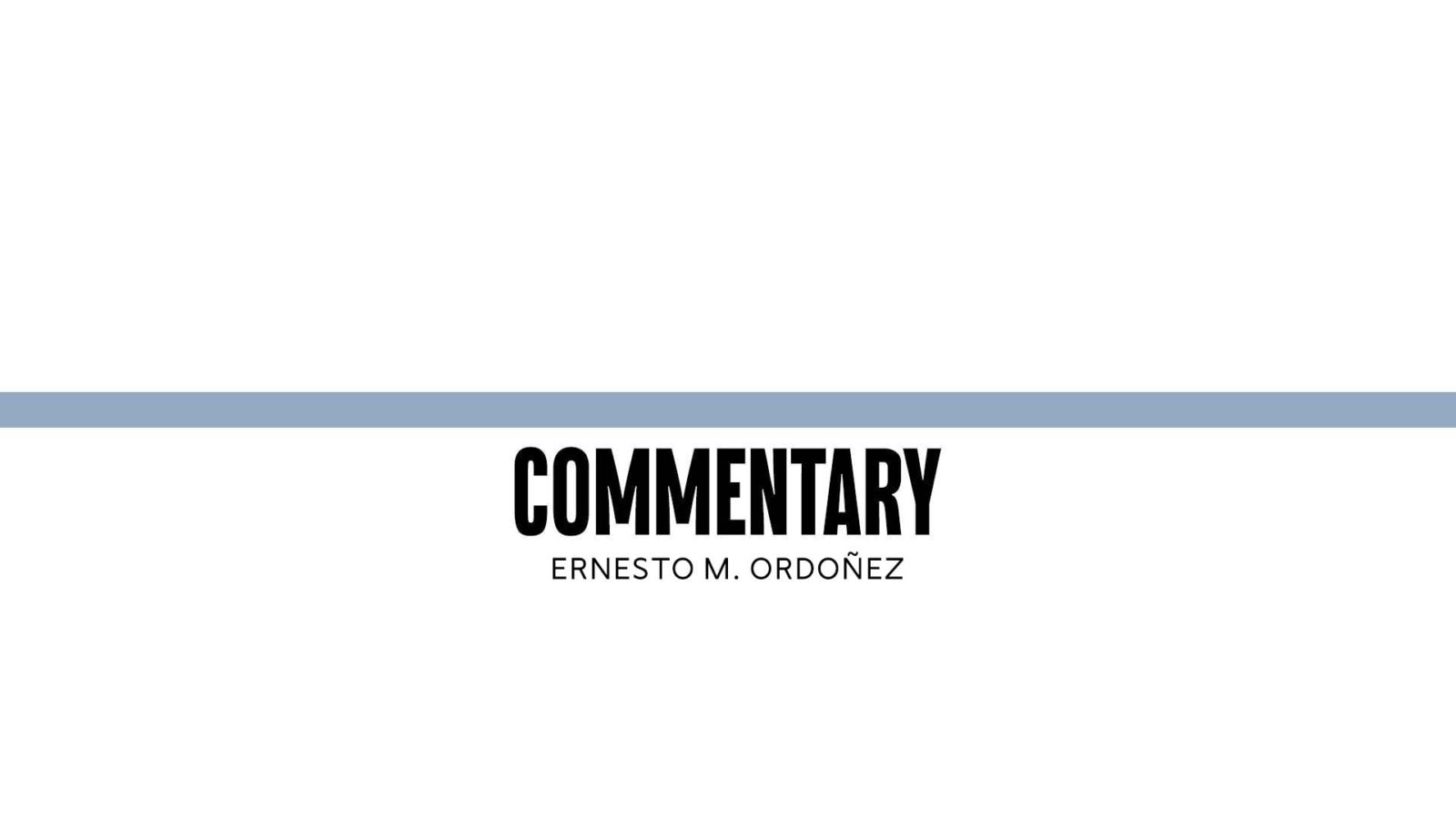
Because our rice farmers are suffering as never before due to the 15 percent rice tariff, Congress must now exercise its responsibility under our Constitution.
It is Congress, not the executive branch, that has the primary responsibility over tariffs.
Congress must now do its own analysis, restore immediately the 35 percent rice tariff, and decide what the correct rice tariff should be at this critical time.
In the past, the Executive Branch has been doing most of the work on tariff decisions.
This is because Article VI, Section 28(2) of the 1987 Philippine Constitution states: “The Congress may by law, authorize the President to fix within specified limits, and subject to such limitations and restrictions as it may impose, tariff rates, imports and export quotas…within the framework of the national development program of the Government.”
Though Congress authorizes the President to impose tariff rates, these rates must be consistent with the government’s national development program.
When this does not happen, Congress can override or amend tariff-related executive orders by passing new legislation. This is what we need now.
Correct position
Alyansa Agrikultura (AA) argues that the executive branch erred when it brought down the 35-percent rice tariff down to 15 percent in July 2024. This was not consistent with the government’s national development plan of supporting agriculture. Since that time, rice farmer suffering has increased to unacceptable levels.
What has happened since this tariff decrease? The rice landed import price has dropped from $580 to $354 a ton. Our rice imports are now at 5.4 million tons, more than double the 2.65 million rice supply gap stated by the Department of Economy, Planning and Development.
Farmer losses are staggering.
Last Oct. 7, ABS-CBN reported numbers consistent with national statistics: “KMP said farm gate prices for fresh palay went at P10-12 per kilo, far below the production cost of a minimum of P14 per kilo.” Massive losses are now being reported.
The private sector has done its share, but the executive branch has not been responsive.
On Aug. 22, the AA requested a Tariff Commission hearing to raise the 15 percent rice tariff.
On Sept. 2, the private sector-led International Trade Committee of the Philippine Council of Agriculture and Food unanimously passed a resolution for immediate 35-percent tariff restoration, as well as a higher tariff, if justified.
On Sept. 29, the Federation of Free Farmers (FFF) and the Magsasaka Party List filed a petition for rice safeguard measures. So far, the executive branch has not responded positively.
Agriculture Secretary Francisco Tiu Laurel did his share by boldly winning a temporary rice importation ban. But when that ban is over and the 15 percent tariff remains, rice farmer suffering will continue all over again. Sen. Francis Pangilinan also contributed with the Senate passing his sponsored resolution to restore the 35 percent rate. But much more action is needed.
Congress responsibility
In the past, Congress has relied on the executive branch to do the appropriate analysis for tariff decisions. But in this recent rice tariff case, the executive branch has been found lacking. Congress must now do its own analysis to decide what the appropriate rice tariff rate should be.
The Alyansa Agrikultura believes that at this time, the rice tariff should not be 35 percent, but 55 percent. Why?
When I was chair of the Technical Working Group of the Cabinet-level Committee on Tariff and Related Matters, a guide was to decide on a tariff that would equate the imported price with the targeted domestic price.
A tariff that is too high would harm the consumers; too low would harm the producers. Under this guideline, the computed rice tariff today should be 55 percent.
In 2019, when the 35 percent tariff was initially imposed because of the Rice Tariffication Law, AA and FFF submitted separate appeals to the Department of Agriculture (DA).
Both argued that 35 percent was too low, and that safeguards should be added. Neither got any response from DA.
As a result, retail prices decreased from their normal levels by only 2 percent, while farmers incurred devastating losses averaging 23 percent. This marked the decline of our rice industry.
The 35 percent tariff was wrong then; it is still wrong now.
DA is trying to do its best. But there is not enough support from the rest of the executive branch.
With our farmers suffering daily, Congress must now act decisively. It should do its own analysis, immediately restore the 35 percent rice tariff and determine the correct rice tariff for further safeguards.
No less than the Constitution, farmer welfare and our own food security point to this direction.
The author is Agriwatch chair, former secretary of presidential flagship programs and projects, and former undersecretary of the Department of Agriculture and the Department of Trade and Industry. Contact is agriwatch_phil@yahoo.com.







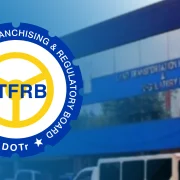






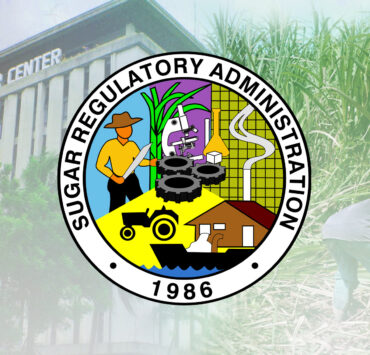


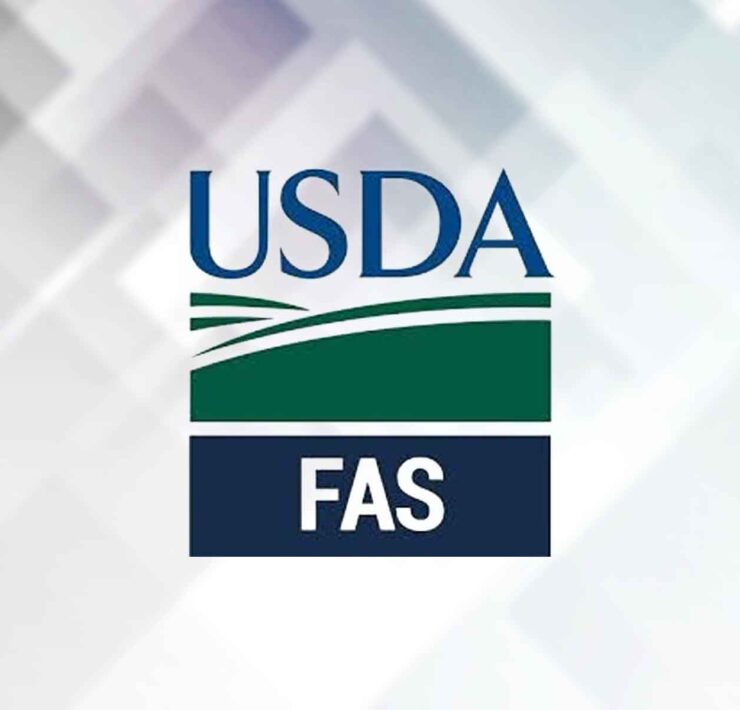
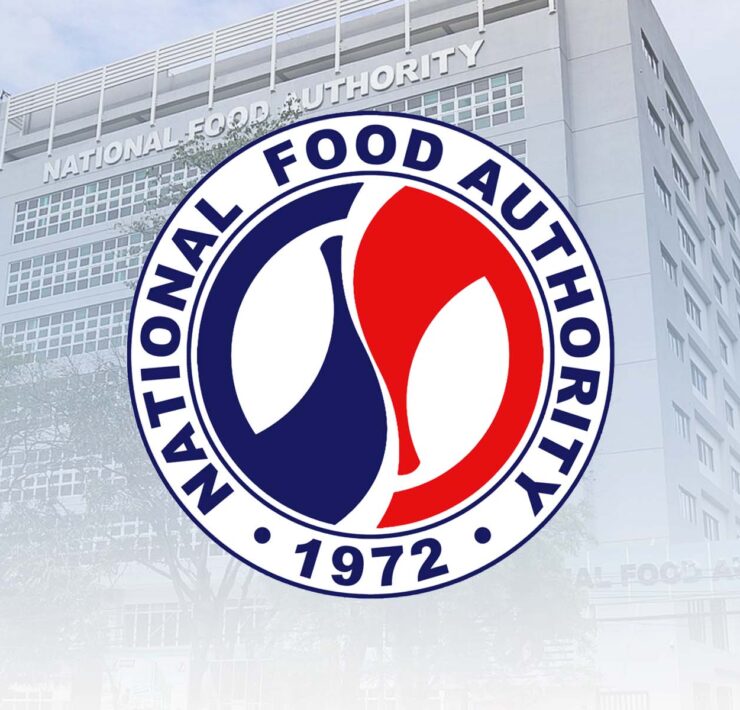


Caught in the middle